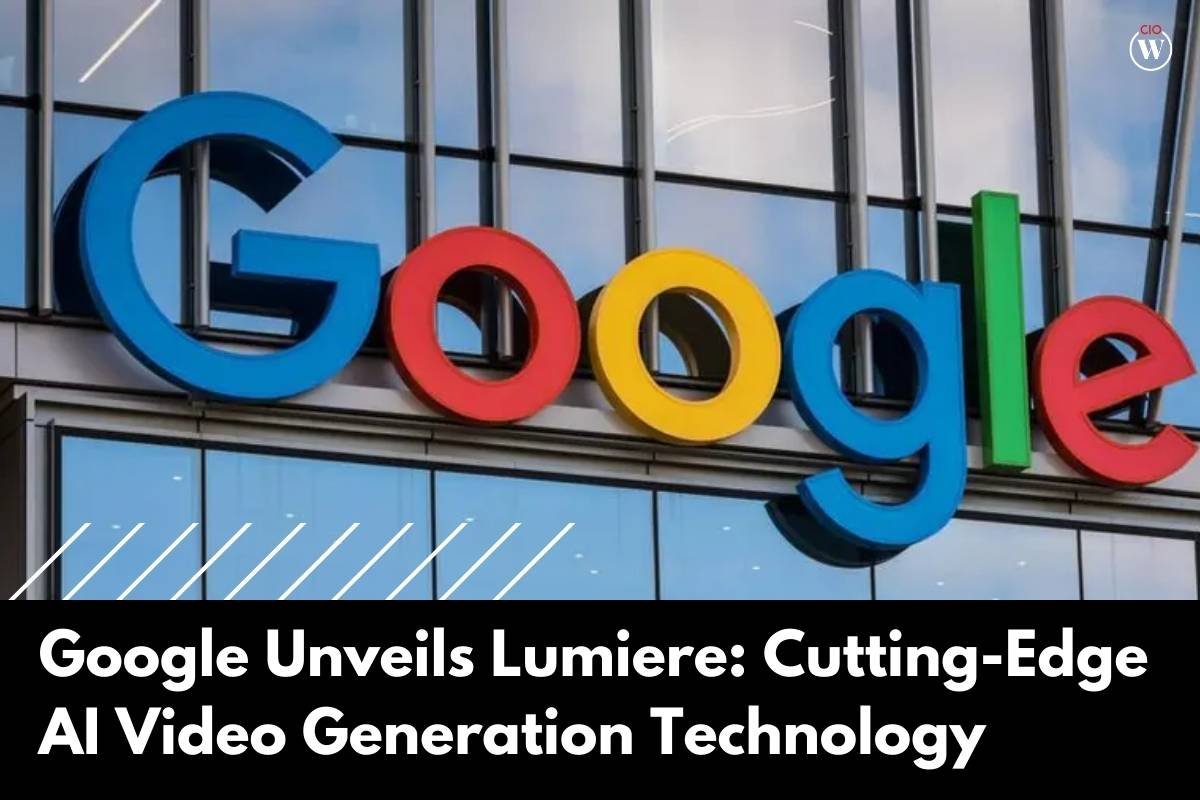In the ever-evolving landscape of artificial intelligence, the spotlight has recently shifted from text-to-image generators to the groundbreaking realm of AI video generation. Following the buzz surrounding the release of DALL-E 2 in late 2022, the market witnessed an influx of formidable competitors. Now, more than a year later, a new technological marvel is taking center stage.
Lumiere – Google’s Pioneering Text-to-Video Diffusion Model
On Tuesday, Google Research introduced Lumiere through a comprehensive research paper. Googles Lumiere represents a significant leap forward in text-to-video diffusion models, excelling in the creation of highly realistic videos from textual prompts and images. The primary focus of this innovation is addressing a prevalent challenge in video generation synthesis: the production of “realistic, diverse, and coherent motion.”
Unlike conventional video generation models notorious for rendering choppy videos, Googles Lumiere introduces a more seamless viewing experience. The model achieves this feat through its Space-Time U-Net architecture, generating the temporal duration of a video in a single pass. This approach diverges from existing models, which struggle with maintaining video consistency while synthesizing distant keyframes.
Lumiere’s capabilities extend to various inputs, including text-to-video and image-to-video. The former generates videos from text prompts, akin to a conventional image generator, while the latter breathes life into static images through accompanying prompts. Adding a touch of excitement, Lumiere features stylized generation, enabling users to create videos in a desired style using a single reference image and a user prompt.
Lumiere’s Multifaceted Applications and Superior Performance
Beyond its prowess in video generation, Lumiere emerges as a versatile tool for video editing. Users can leverage visual stylizations to tailor existing videos to specific prompts, animate selected areas in photos through cinemagraphs, and employ inpainting to fill in missing or damaged segments.
In a comparative study against prominent text-to-video diffusion models such as ImagenVideo, Pika, ZeroScope, and Gen2, Lumiere demonstrated superior performance across all categories. Testers, unaware of the model behind each video, consistently favored Lumiere in terms of visual quality, motion, text alignment, and image-to-video quality.
While Lumiere is yet to be released to the general public, those intrigued by its capabilities can explore the Lumiere website. The platform offers a plethora of demos showcasing the model’s prowess in various tasks, providing a glimpse into the future of AI video generation. As the technological landscape continues to evolve, Googles Lumiere stands as a testament to Google’s commitment to pushing the boundaries of AI innovation.









